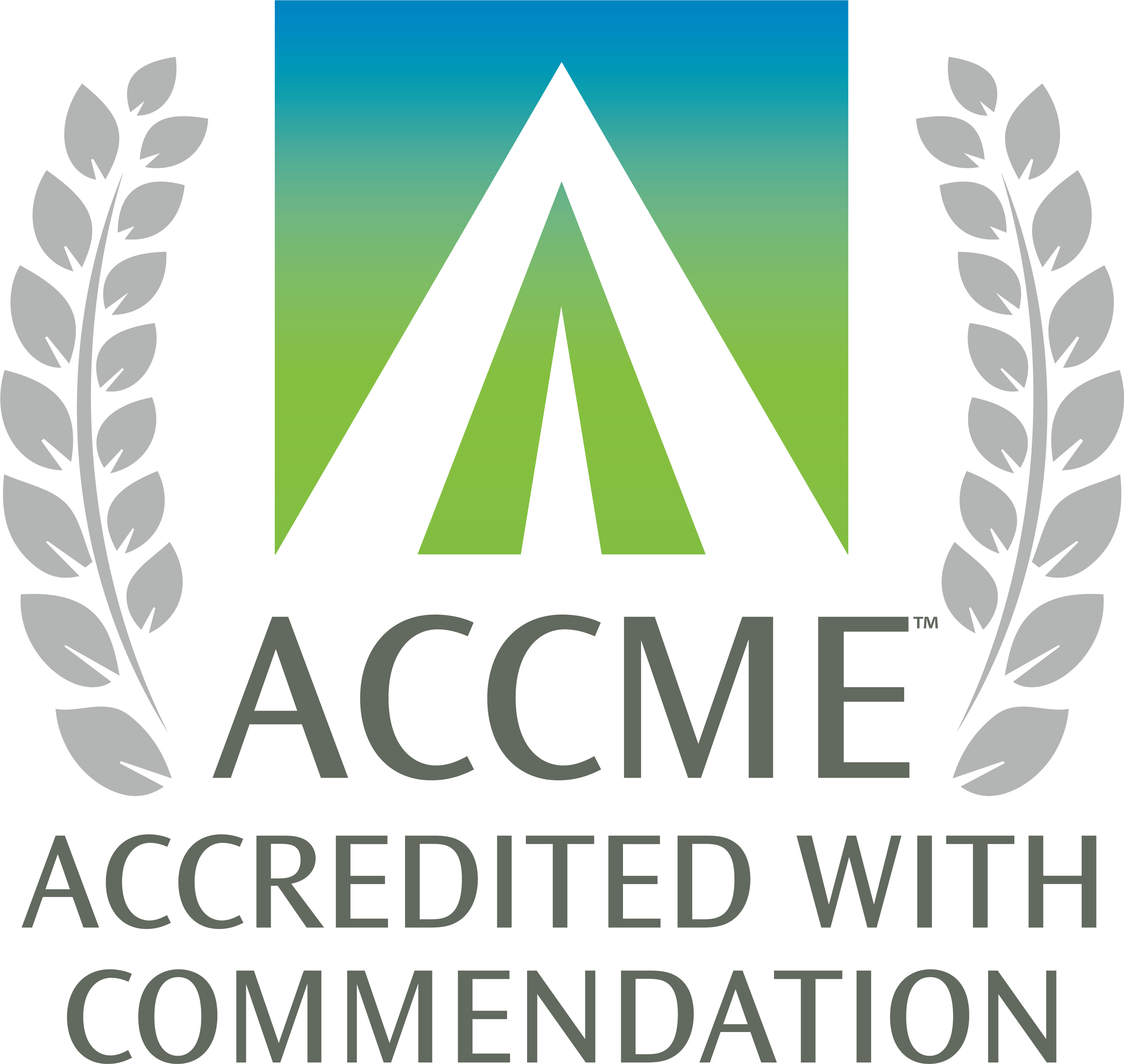MSA Scientific Session Webinar: The Darkest Hour: Anesthesiologists as Second Victims
To begin this activity, click Enroll. Once logged in, learners can access educational content, assessments, and evaluations. Learners who successfully complete the activity will be able to print a certificate.
Release Date:
Sat, 1/1/22
Termination Date:
Sat, 12/31/22
Credits:
1
Description:
There are no relevant financial relationships to disclose for this activity.
MSA Scientific Session Webinar: The Darkest Hour: Anesthesiologists as Second Victims
Presenter: Dr. Melissa Byrne, MD
This lecture was originally presented during Michigan Society of Anesthesiologists Scientific Session CME Activity held on 08/18/2020.There are no relevant financial relationships to disclose for this activity.
Target Audience:
This activity is appropriate for Medical Students, Other Healthcare Professionals, Physicians in the fields of Anesthesiology.
Accreditation and Credit Designation:
This activity has been planned and implemented in accordance with the accreditation requirements and policies of the Accreditation Council for Continuing Medical Education (ACCME) through the joint providership of the University of Michigan Medical School and Michigan Society of Anesthesiologists. The University of Michigan Medical School is accredited by the ACCME to provide continuing medical education for physicians.
The University of Michigan Medical School designates this enduring material for a maximum of 1.0 AMA PRA Category 1 Credit(s)™. Physicians should claim only the credit commensurate with the extent of their participation in the activity.
Maintenance of Certification in Anesthesiology™ program and MOCA® are registered trademarks of The American Board of Anesthesiology®. This activity offers up to 1.0 CME credits, of which 1.0 credits contribute to the patient safety CME component of the American Board of Anesthesiology's redesigned Maintenance of Certification in Anesthesiology™ (MOCA®) program, known as MOCA 2.0®. Please consult the ABA website, www.theABA.org, for a list of all MOCA 2.0 requirements.
Release Date: 9/25/20
Termination Date: 12/31/23
The University of Michigan Medical School designates this enduring material for a maximum of 1.0 AMA PRA Category 1 Credit(s)™. Physicians should claim only the credit commensurate with the extent of their participation in the activity.
Maintenance of Certification in Anesthesiology™ program and MOCA® are registered trademarks of The American Board of Anesthesiology®. This activity offers up to 1.0 CME credits, of which 1.0 credits contribute to the patient safety CME component of the American Board of Anesthesiology's redesigned Maintenance of Certification in Anesthesiology™ (MOCA®) program, known as MOCA 2.0®. Please consult the ABA website, www.theABA.org, for a list of all MOCA 2.0 requirements.
Release Date: 9/25/20
Termination Date: 12/31/23
Additional Info:
- L.T. Kohn, J. Corrigan, & M.S. Donaldson. To err is human: Building a safer health system. Washington, D.C: National Academy Press (2000).
- S.D. Scott, L.E. Hirschinger, K.R. Cox, M. McCoig, J. Brandt, L.W. Hall. The natural history of recovery for the healthcare provider "second victim" after adverse patient events. Quality & Safety in Health Care, 18 (5) (2009), pp. 325-330.
- A.W. Wu, J. Sexton, J.C. PhamHealth care providers: the second victim of medical error. P. Croskerry, S.K. Cosby, S.M. Schenkel, R. Wears (Eds.), Patient Safety in Emergency Medicine, Lippincott Williams & Wilkins, Philadelphia (2008).
- Vincent, C. Understanding and responding to adverse events. NEJM (2003). 348:1051–1056.
- Z.R. Wolf, J.F. Serembus, J. Smetzer, H. Cohen, M. Cohen. Responses and concerns of healthcare providers to medication errors. Clinical Nurse Specialist, 14 (6) (2000), 278-287.
- A.D. Waterman, J. Garbutt, E. Hazel, W.C. Dunagan, W. Levinson, V.J. Fraser, T.H. Gallagher. The emotional impact of medical errors on practicing physicians in the United States and Canada. The Joint Commission Journal on Quality and Patient Safety, 33 (8) (2007), pp. 467-476.
- C.P. West, M.M. Huschka, P.J. Novotny, J.A. Sloan, J.C. Kolars, T.M. Habermann, T.D. Shanafelt. Association of perceived medical errors with resident distress and empathy: a prospective longitudinal study. The Journal of the American Medical Association, 296 (9) (2006), pp. 1071-1078.
- R. Jagsi, B.T. Kitch, D.F. Weinstein, E.G. Campbell, M. Hutter, J.S. Weissman. Residents report on adverse events and their causes. Archives of Internal Medicine, 165 (22) (2005), pp. 2607-2613.
- A.W. Wu, S. Folkman, S.J. McPhee, B. Lo. How house officers cope with their mistakes. Western Journal of Medicine, 159 (5) (1993), pp. 565-569.
- T. Mizrahi. Managing medical mistakes: ideology, insularity and accountability among internists-in-training. Soc Sci Med. 1984;19(2):135-46.
- F.M. Gazoni, P.E. Amato, Z.M. Malik, M.E. Durieux. The impact of perioperative catastrophes on anesthesiologists: results of a national survey. Anesth Analg. 2012 Mar;114(3):596-603.
- S.D. Scott, L.E. Hirschinger, K.R. Cox, M. McCoig, K. Hahn-Cover, K.M. Epperly, E.C. Phillips, L.W. Hall. Caring for our own: deploying a systemwide second victim rapid response team. The Joint Commission Journal on Quality and Patient Safety, 36 (5) (2010), pp. 233-240.
- Reference13
- J.B. Lemaire and J.E. Wallace. Not all coping strategies are created equal: a mixed methods study exploring physicians' self reported coping strategies. BMC Health Serv Research 2010 10:208.
- University of Missouri forYOU Team. Available from https://www.muhealth.org/about-us/quality-care-patient-safety/office-of-clinical-effectiveness/foryou
- Kaiser Adverse Outcome Response Model. Available from http://www.mitsstools.org/uploads/3/7/7/6/3776466/kaiser_adverse_outcomes_support_for_staff.pdf (last accessed 11.05.18).
- C.R. Denham. TRUST: the 5 rights of the second victim. Journal of Patient Safety, 3 (2) (2007), pp. 107-119.
- M.P. Steigler. A piece of my mind. What I learned about adverse events from Captain Sully: it's not what you think. JAMA. 2015 Jan 27;313(4):361-2.
Credits available:
ABA MOC Part II: 1.00
ABA MOC Part II Patient Safety: 1.00
AMA PRA Category 1: 1.00
Participation: 1.00


